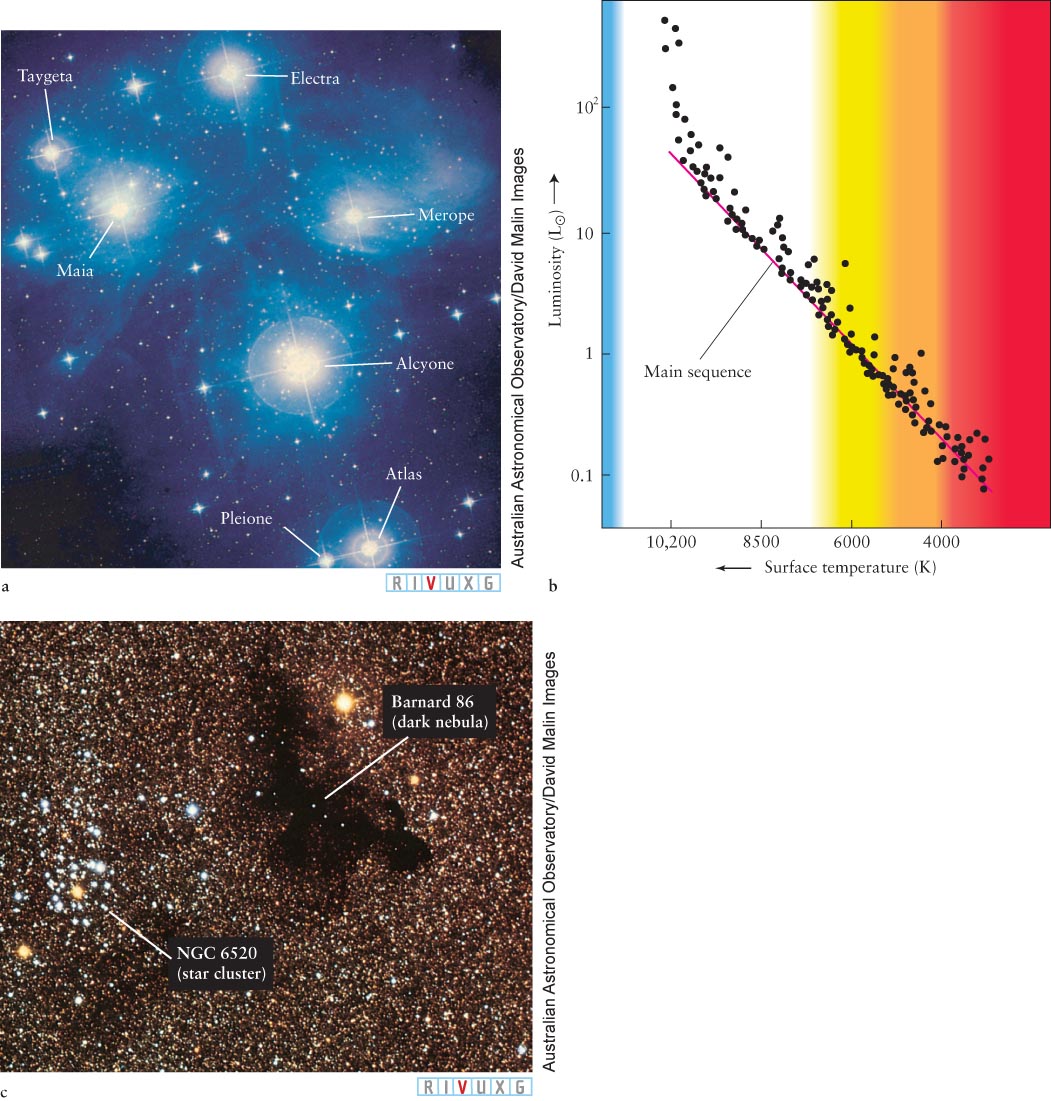
Figure 11- t- 1- 1- H- w- t-